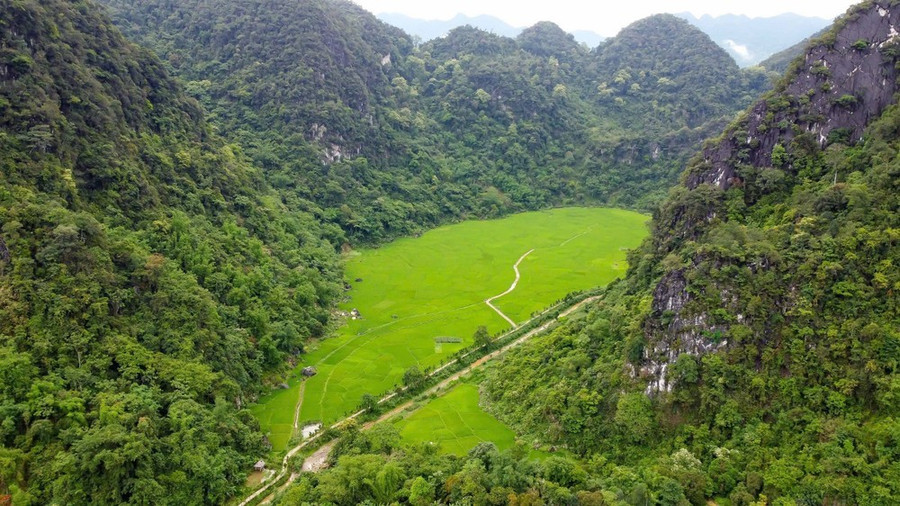
Arriving in Pu Luong, the first feeling is that time seems to have stopped, the noisy life of the city seems to have been left behind. Before your eyes, layers of terraced fields open up a new horizon, blending into the misty fog. In the fields, water wheels are like ancient clocks "ticking - ticking" to turn evenly, bringing water to the fields.
From Canh Nang town, we followed the winding, zigzagging road along the mountainside for about 25km to reach Kho Muong village, Thanh Son commune (Ba Thuoc district).
Indeed, it is true that “good news travels fast”. Kho Muong suddenly appeared, startling everyone. In the valley, surrounded by rocky mountains and forests, no one thought there was a human presence here. Looking down from above, Kho Muong is like a painting with rice fields, houses, forests, rocky mountains… In this “heaven’s gate”, the air is light, all around is quiet, in the ear only can hear the sound of birds chirping in the distance and the sound of a stream somewhere.
Mr. Ha Van Thao, Head of Kho Muong village, welcomed us like a long-lost friend. He said that thanks to being isolated from the outside world , Kho Muong still retains its most pristine features, both in terms of nature and the culture of the Thai people here.
In addition to the “treasure” of indigenous culture, nature has bestowed upon Kho Muong a “precious gem”, which is Bat Cave. Bat Cave has a wild and mysterious beauty. According to surveys and research by scientists , the cave was formed about 250 million years ago, belonging to the ancient Karst sedimentary limestone mountain system. Inside the cave are hidden many shimmering stalactites, with many colors, shapes like waterfalls, stilt houses, lotus flowers, etc.
Mr. Ha Van Thao said that Kho Muong village has 60 households, previously living only on slash-and-burn farming and forest products. In recent years, thanks to the encouragement of higher-level leaders and awareness of the village's "treasure", people have begun to learn how to do tourism . The elderly have "refined" each dish, dance, and traditional brocade weaving method; the younger generation has rushed to learn English, learn about community tourism, etc. Up to now, the village has 6 households doing tourism according to the homestay model.
After the initial confusion, people began to know how to do tourism; many tourists not only domestic but also foreign have known about Kho Muong. Coming to Kho Muong, tourists can explore Bat Cave; practice weaving brocade, work on the fields; eat grilled fish, sticky rice, bathe in streams, sleep in stilt houses... and especially, live a "primitive" life with nature, culture and people here.
The head of Kho Muong village shared: “Our income from tourism is higher than that of rice farming, but we will not trade nature and culture for immediate benefits. Each stream, tree or rock may seem unrelated, but they are assets that the villagers always preserve. We understand that if we lose them, our future generations will not be able to enjoy them and tourists will not come to Kho Muong anymore.”

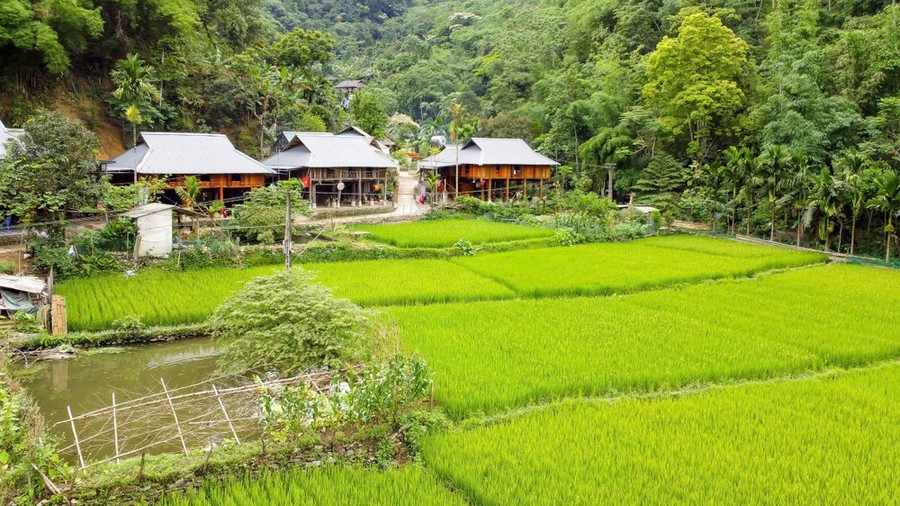






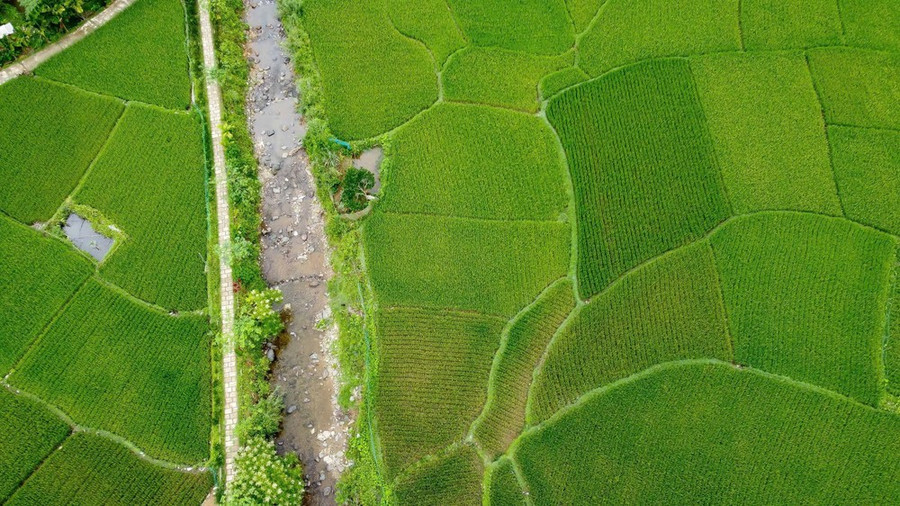

According to DUY CUONG (SGGPO)
Source: https://baogialai.com.vn/lac-buoc-toi-cong-nha-troi-post326447.html










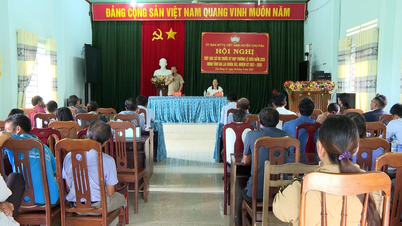
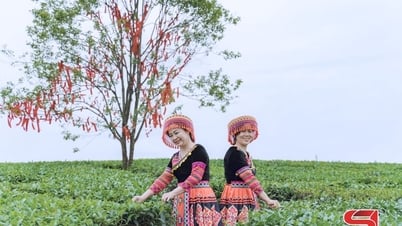

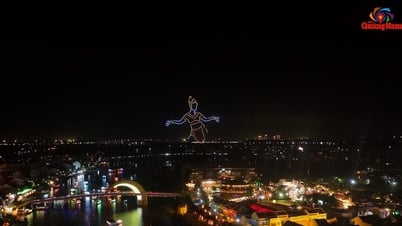

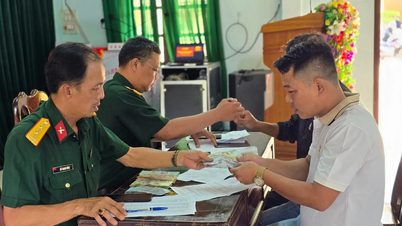





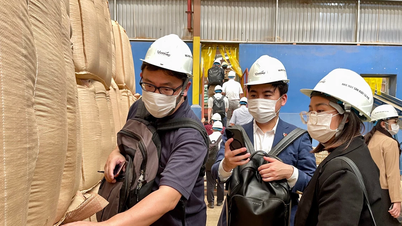


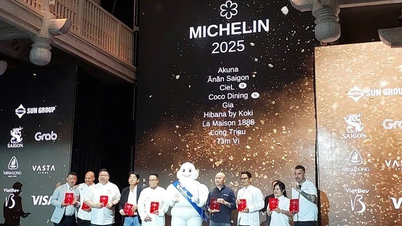
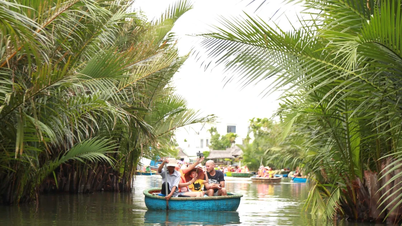
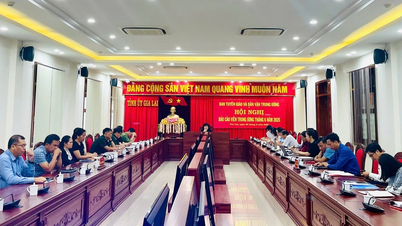


![[Photo] Nearly 104,000 candidates in Hanoi complete procedures to take the 10th grade entrance exam](https://vphoto.vietnam.vn/thumb/1200x675/vietnam/resource/IMAGE/2025/6/7/7dbf58fd77224eb583ea5c819ebf5a4e)








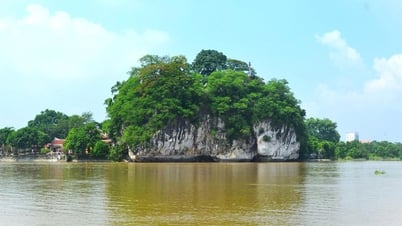

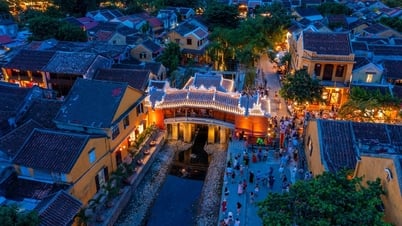



















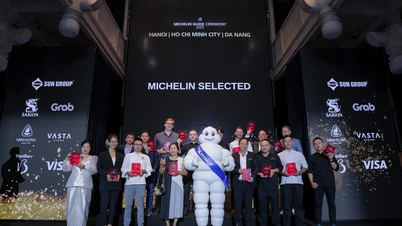

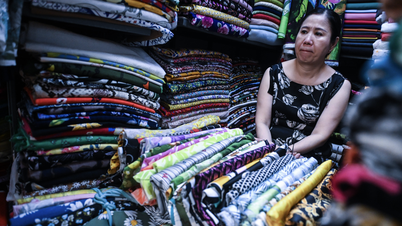



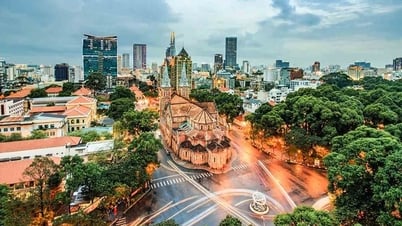
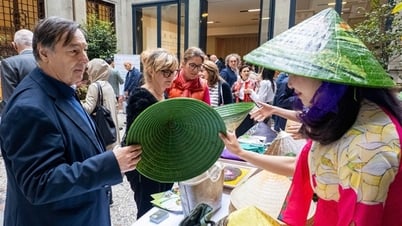





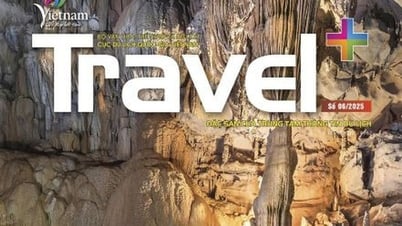
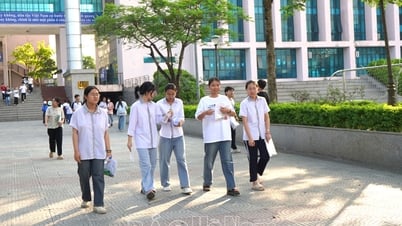

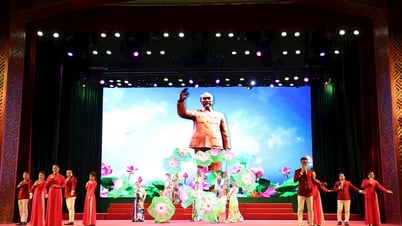

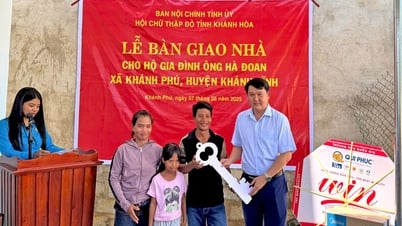

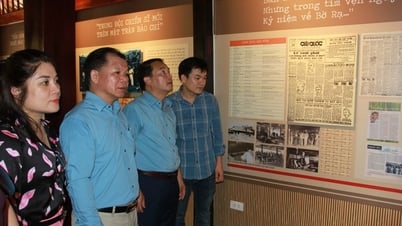








![[OCOP REVIEW] Tu Duyen Syrup - The essence of herbs from the mountains and forests of Nhu Thanh](https://vphoto.vietnam.vn/thumb/402x226/vietnam/resource/IMAGE/2025/6/5/58ca32fce4ec44039e444fbfae7e75ec)





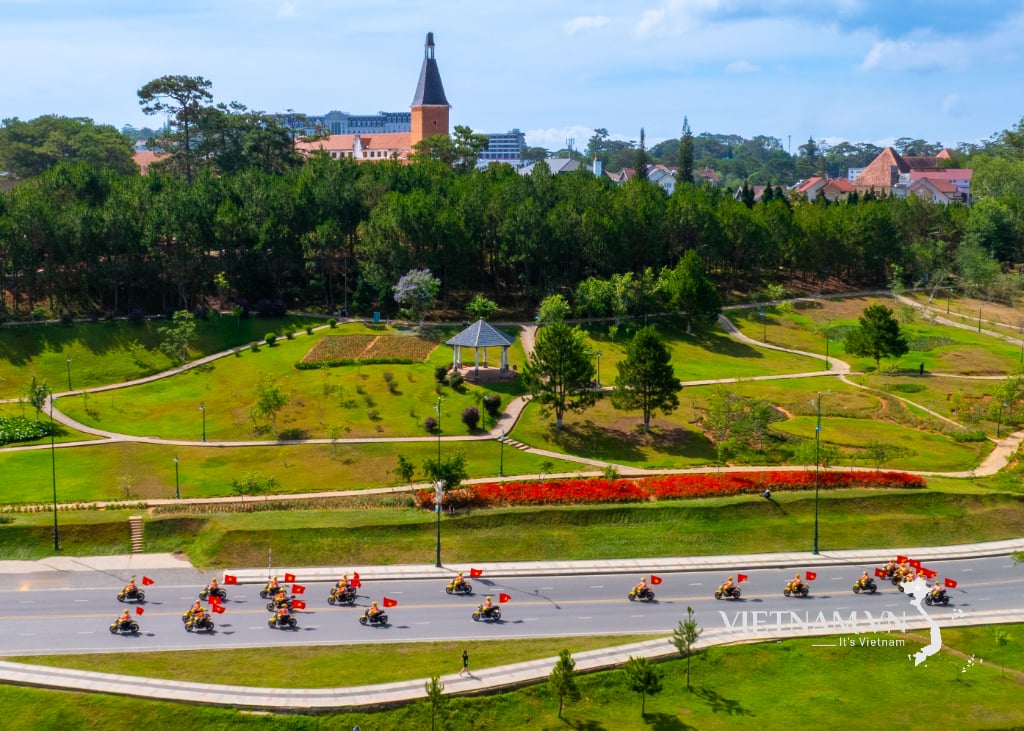

Comment (0)